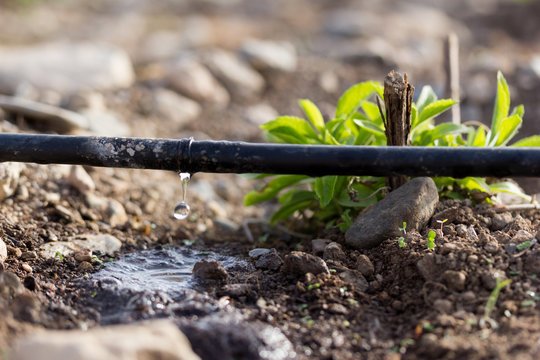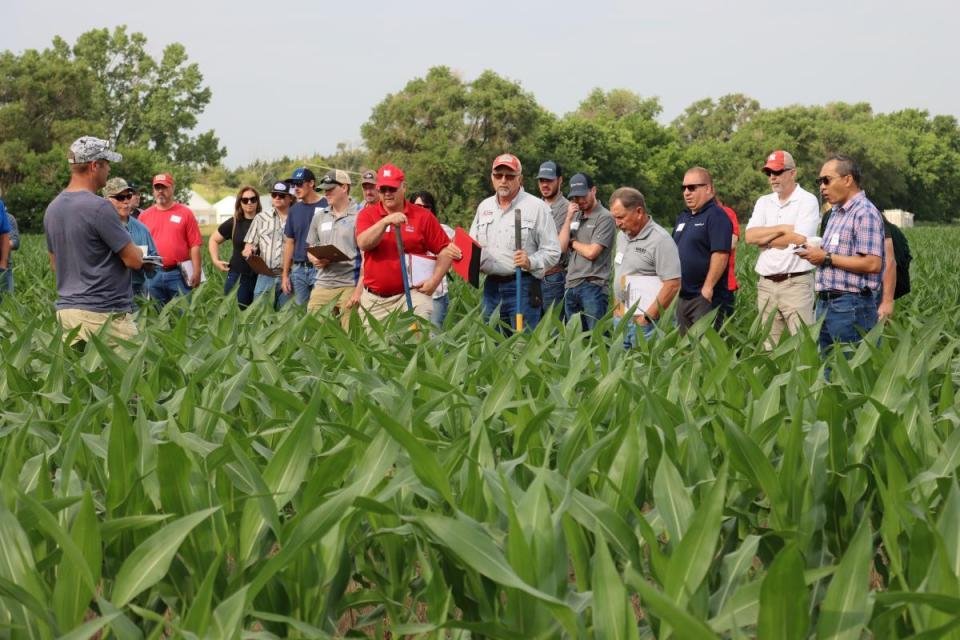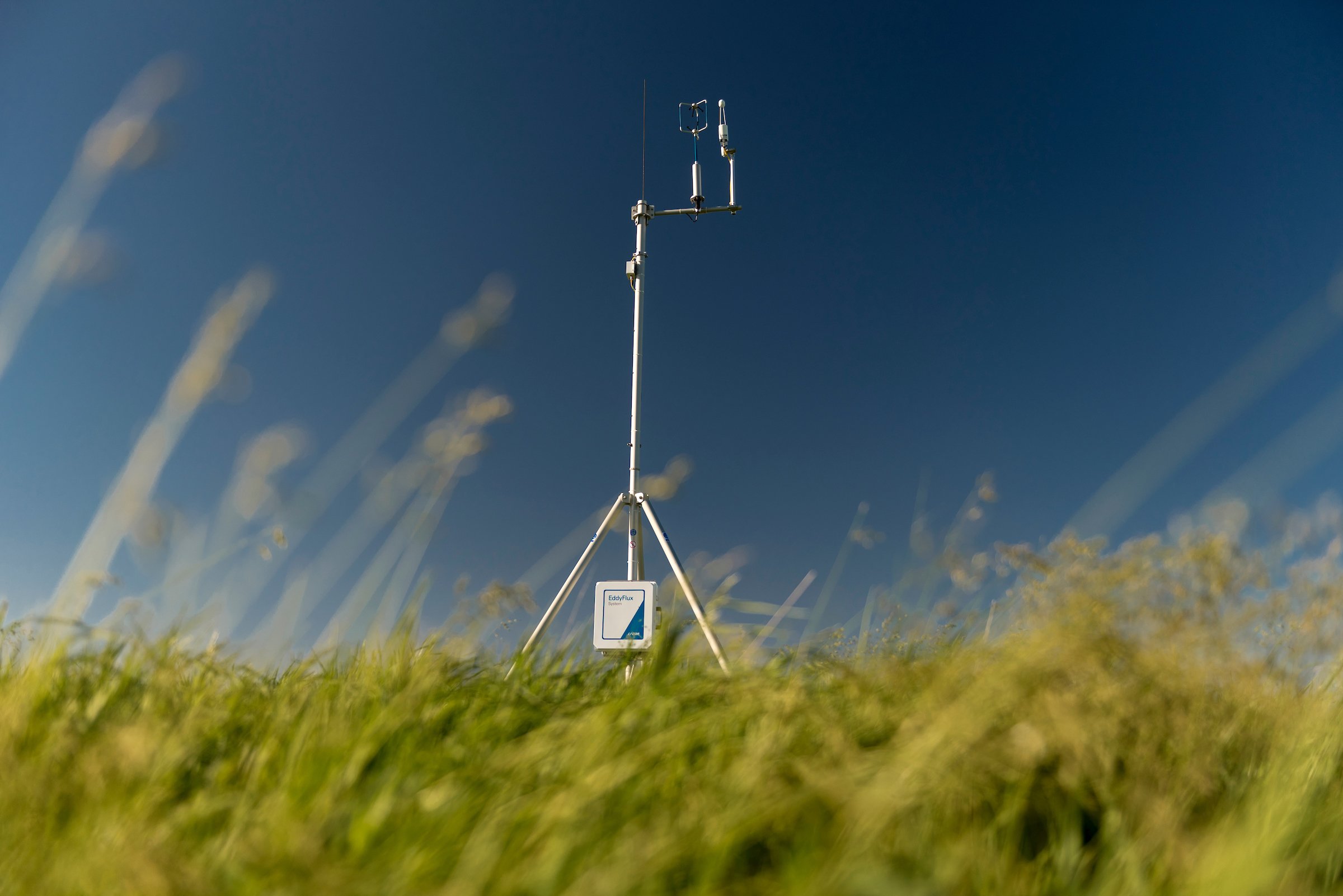Factors influencing spending on irrigation equipment and related services differ for crop production, horticulture, and, landscaping sectors. To better understand these trends, the Irrigation Association partnered with IIC to estimate irrigation system expenditures over the past decade.
Read MoreAiming to drive social innovation, this research team is using a range of strategies to generate data and trust in alternative lower water use management strategies to support farmers in dealing with hot, dry conditions and declining groundwater supplies.
Read MoreThe golf course industry faces increasing pressure to reduce management inputs, particularly irrigation. A two-part research study evaluated water management saving strategies for fairways and surveyed golf course superintendents nationwide regarding their adoption of advanced irrigation tools and strategies.
Read MoreAn easy-to-use, free spreadsheet calculator helps irrigators pinpoint problems in their center pivot irrigation systems and pumps. Of the thousands of center pivots dotting the US landscape with crop circles, few of these systems have been fully audited since their installation.
Read MoreThe Testing Ag Performance Solutions (TAPS) program engages producers and many others through an innovative competition approach that lets participants test new strategies and technologies while showcasing or boosting their crop and input management skill, contributing to a robust research dataset.
Read MoreThis project, led by Christopher Neale at University of Nebraska-Lincoln and industry partner George Burba at LI-COR, has installed or upgraded 10 eddy covariance flux towers on or near the 41st Parallel North in Nebraska, Kansas, Colorado, and Iowa.
Read MoreNitrogen production typically generates considerable greenhouse gas emissions because it relies on an energy-intensive process that consumes a lot of coal and natural gas.
Read MoreMany moisture sensors are currently available at a wide range of price points ($10-<$1000) and offering varying levels of accuracy. Even though they have been available for decades, most producers today don’t use soil moisture sensors.
Read More








